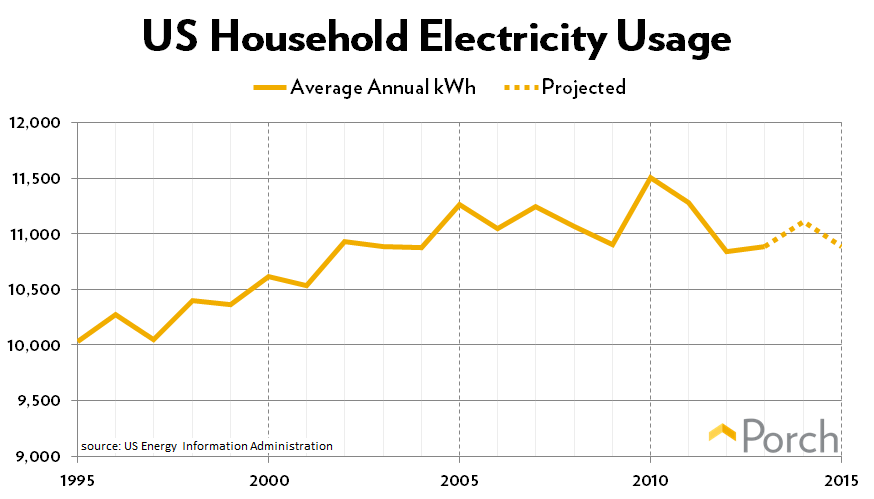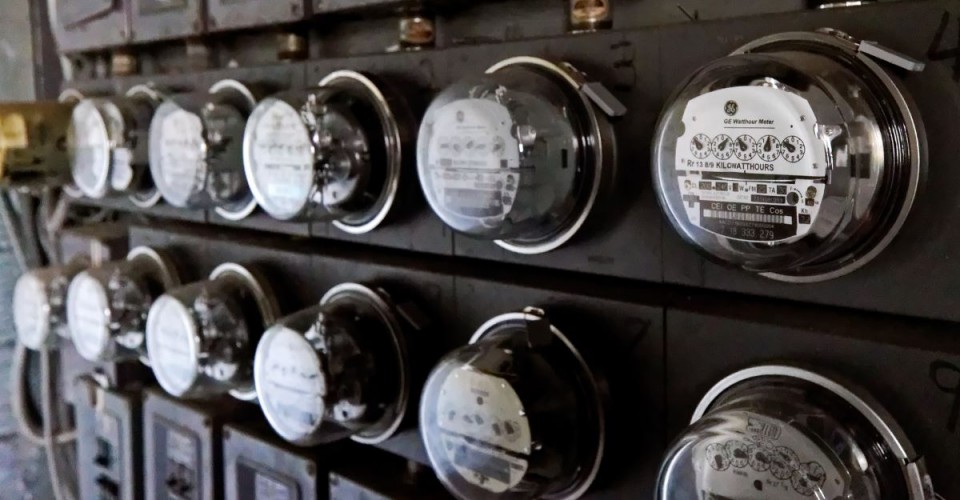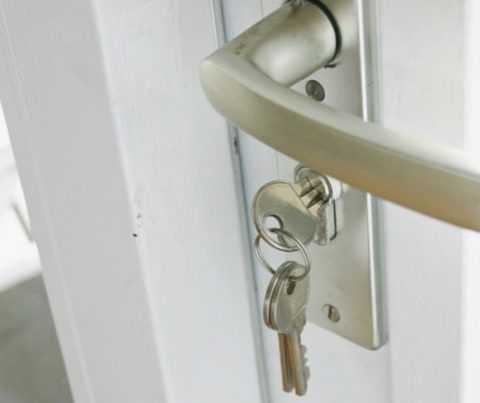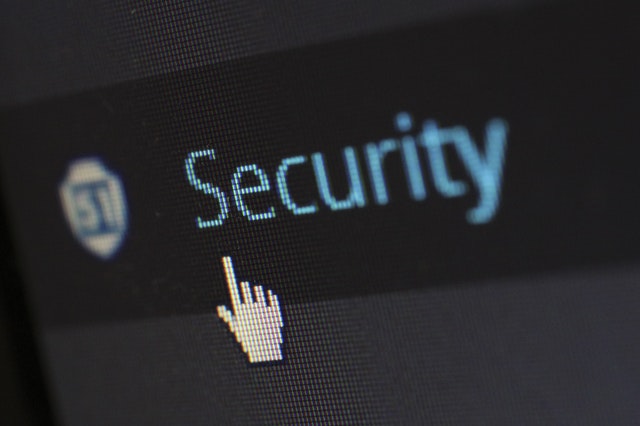Electric bill got you down?
You’ve replaced all your incandescent bulbs with more energy-efficient CFLs and LEDs. You upgraded to a smart thermostat. You even got a few new ENERGY STAR appliances. Thanks to your hard work at saving energy, the annual electricity usage of the average US household has actually declined about five percent since 2010.

Of course, the high cost of your electric bill can still sting every month. So what’s next after you’ve taken all the obvious steps? Rather than continuing to grope around in the dark, why not install a whole home electricity usage monitor?
Home electricity monitors are a great way to find out exactly when you’re using the most electricity. Most of them cost between $100 and $250, or about as much as one to two months of the typical US household’s electric bills.
There are two main types of whole home electricity monitors: meter-reading and mains current-sensing.
Meter-Reading
Meter-reading electricity monitors work by attaching a sensor to your home’s electricity meter that optically senses the rate the meter is moving, sending it to a base station in your house to give you information about your usage. The benefit of meter-reading electricity monitors is that you don’t need to hire an electrician to install them for you since you just attach the sensor directly to your home’s electricity meter.
There are two main producers of meter-reading electricity monitors: Blue Line Innovations’ PowerCost Monitor can be purchased for $150 at Lowe’s, while the Wattvision 2 costs $249 through Wattvision’s website.
Mains Current-Sensing
Mains current-sensing electricity monitors have clamps that go around the copper wires in your home’s breaker panel (the “mains”) that sense the current passing through into your home. Since these monitors require opening the panel and dealing with exposed live wires, you’ll want to hire a professional, licensed electrician to do the job for you. The benefit of this type of monitor is that the sensing circuitry is indoors, and less susceptible to failure due to water intrusion or other weather-related issues.
Your main options for current-sensing meters are The OWL’s Wireless Electricity Monitor ($95 on Amazon), Efergy’s E2 Wireless Electricity Monitor ($109 on Amazon), Current Cost’s EnviR ($129), and The Energy Detective’s TED 5000-C ($240).
Advanced Monitoring
If you really want to get fancy, you can move beyond monitoring your whole home’s electricity usage and tap into each individual circuit breaker. eGauge Systems’ EG3000 ($494) can monitor up to 12 individual circuits and connects via Ethernet to your home network to provide you with real-time usage via a web browser.
On the other end of the spectrum, you can pick up a $27 Kill-A-Watt to monitor the electricity usage of individual devices and appliances in your home.
Whole Home Electricity Usage Monitors
| Company | System | Capability | Price |
|---|---|---|---|
| Blue Line Innovations | PowerCost Monitor | meter-reading | $150 |
| Wattvision | Wattvision 2 | meter-reading | $249 |
| The OWL | Wireless Electricity Monitor | mains current-sensing | $95 |
| Efergy | E2 Wireless Electricity Monitor | mains current-sensing | $109 |
| Current Cost | EnviR | mains current-sensing | $129 |
| The Energy Detective | TED 5000-C | mains current-sensing | $240 |
| eGauge Systems | EG3000 | current-sensing, up to 12 circuits | $494 |
Top image credit: Mark Turnauckas, on Flickr




